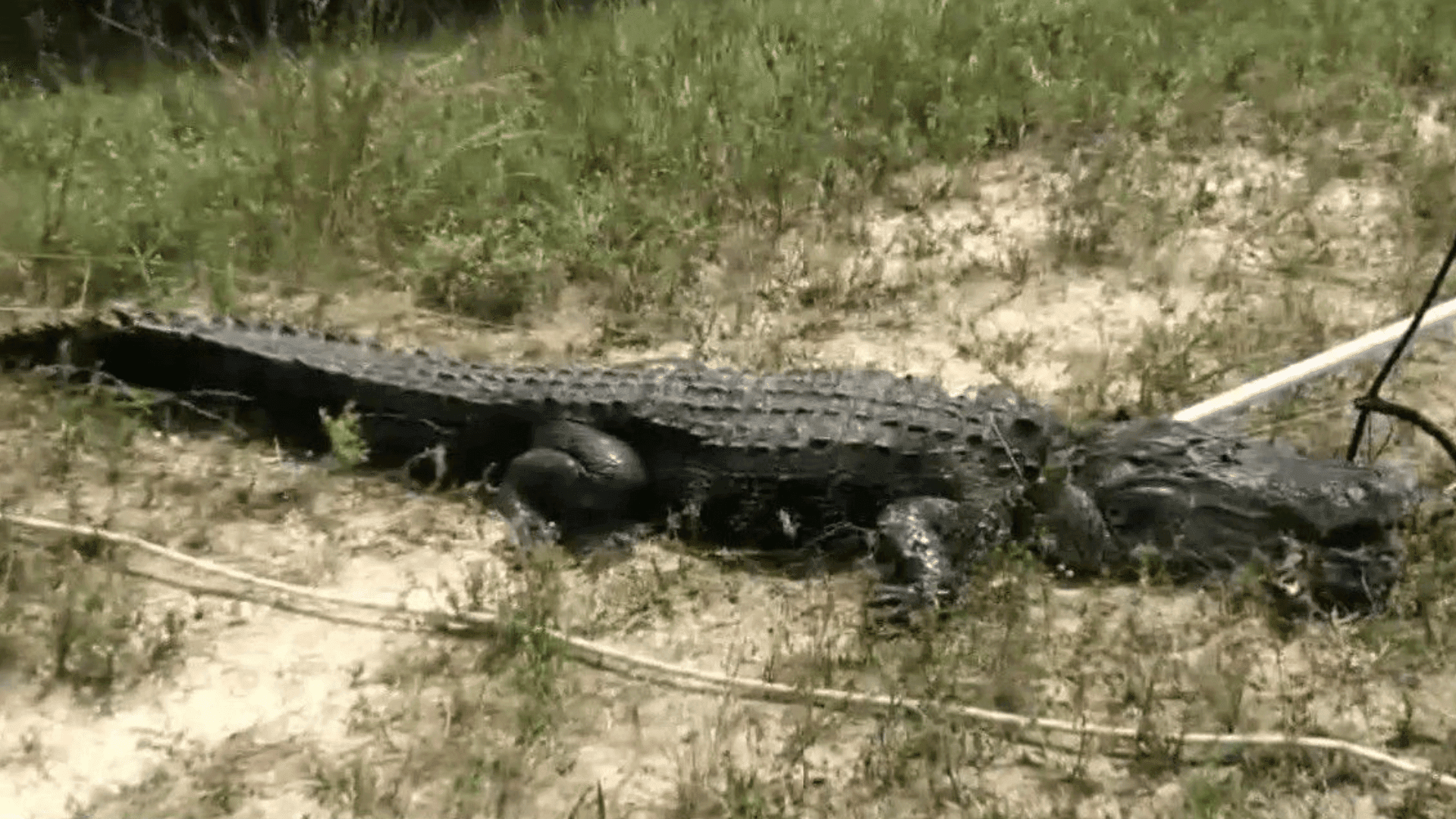Get ready to dive deep into the world of the alligator gar, a freshwater giant often shrouded in misconception. Despite their prehistoric appearance and a mouth full of needle-sharp teeth, these fascinating creatures are far less menacing than their reputation suggests. This article delves into the truth about alligator gar bites, separating fact from fiction to provide a comprehensive understanding of the risks, safety measures, and the captivating biology of these ancient fish.
Unveiling the Truth: Are Alligator Gar Bites Dangerous?
Alligator gar, with their intimidating looks, might seem like something straight out of a horror movie. But when it comes to actually biting humans, they’re surprisingly peaceful.
Debunking the Myths: Alligator Gar and Human Interaction
Despite sensationalized stories and their fearsome appearance, there is no official record of an alligator gar seriously injuring a person with its bite. These ancient fish are ambush predators, primarily targeting fish in their natural habitat. Their behavior towards humans is generally passive, and they pose a negligible threat to people.
While alligator gar aren’t out to get us, getting bitten by one wouldn’t exactly be pleasant. Their teeth are designed for grabbing and holding onto slippery fish, so a bite could definitely be painful and require medical attention.
Inside the Jaws: Mechanics of an Alligator Gar Bite
Alligator gar possess a fascinating feeding mechanism. Their teeth, unlike those of sharks, are not serrated for tearing flesh. Instead, they are numerous, sharp, and angled inward, creating a perfect trap for their prey.
Their bite force, while not fully understood, is estimated to be around 1,200 pounds per square inch. This powerful grip allows them to secure their slippery prey, but it’s primarily designed for subduing fish, not crushing bones.
Staying Safe Around Alligator Gar: Tips for Anglers and Nature Enthusiasts
While the risk of an alligator gar attack is minimal, it’s essential to understand their behavior and practice responsible interactions, particularly for anglers.
Responsible Angling Practices
- Let the fish tire: Once you’ve hooked an alligator gar, give it some time to wear itself out before reeling it in close to the boat. A tired fish is less likely to put up a fight and resort to biting defensively.
- Use the right tools: A gill gaff is a tool that helps anglers safely control the head of a fish, keeping those teeth away from hands and arms. It’s a good idea to use one, particularly with larger alligator gar.
Coexisting with Alligator Gar: A Shared Ecosystem
Alligator gar are a vital part of their ecosystems. As apex predators, they play a crucial role in regulating fish populations and maintaining a healthy balance. Understanding their role and respecting their space are key to coexisting peacefully with these magnificent creatures.
Beyond the Bite: The Ecological Importance of Alligator Gar
Beyond the myths and misconceptions, alligator gar are fascinating creatures that deserve our respect and protection.
Conservation Efforts and the Future of Alligator Gar
Despite their resilience, alligator gar face threats from habitat loss, overfishing, and pollution. Conservation efforts are crucial to ensuring the survival of these ancient fish and maintaining healthy aquatic ecosystems.
Unraveling the Mysteries: Ongoing Research and Discoveries
Scientists continue to study alligator gar to learn more about their behavior, biology, and ecological significance. Ongoing research is essential for informing conservation efforts and dispelling long-held myths about these captivating creatures.
The Alligator Gar: A Testament to Nature’s Power and Resilience
Alligator gar, with their prehistoric lineage and remarkable adaptations, are a testament to the power and resilience of nature. By separating fact from fiction, understanding their behavior, and respecting their space, we can appreciate these magnificent creatures for what they truly are: essential members of our aquatic ecosystems.
- Unveiling Bernhard Caesar Einstein’s Scientific Achievements: A Legacy in Engineering - July 15, 2025
- Uncover who is Jerry McSorley: CEO, Family Man, Business Success Story - July 15, 2025
- Discover Bernhard Caesar Einstein’s Scientific Contributions: Unveiling a Legacy Beyond Einstein - July 15, 2025















